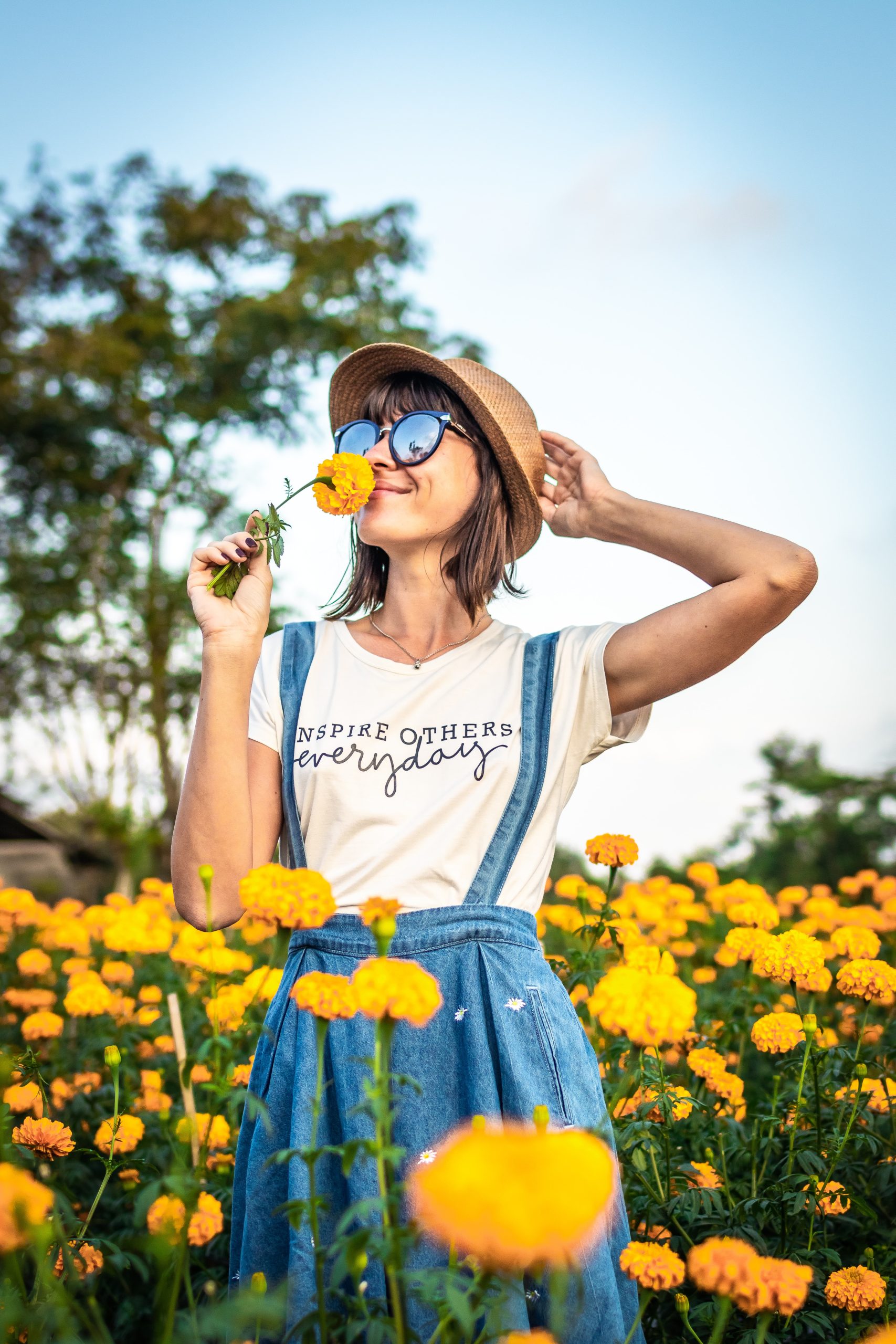If you’re a nature lover, you might have noticed that the number of pollinators like butterflies and moths has declined in recent years. This is mainly due to habitat loss and the use of pesticides in agriculture. But there’s something you can do to help reverse this trend: create a habitat for these important insects in your own backyard.
Why pollinators matter?
Pollinators are essential for the reproduction of many plants, including food crops. They transfer pollen from one flower to another, allowing plants to produce seeds and fruits. Without pollinators, many of our favorite foods, such as apples, blueberries, and almonds, would not exist.
How to create a pollinator habitat?
Creating a pollinator habitat is easy and can be done in any size yard or garden. Here are some steps to follow:
- Choose native plants: Native plants are adapted to your local climate and soil, making them more attractive to pollinators. They also require less water and maintenance than non-native plants. Look for plants that provide nectar and pollen, such as milkweed, goldenrod, and coneflower.
- Provide shelter: Pollinators need shelter from wind, rain, and predators. You can create shelter by adding a butterfly house or a pile of rocks or logs.
- Avoid pesticides: Pesticides are toxic to pollinators and can kill them. Use natural pest control methods, such as handpicking insects or using neem oil or soap sprays.
- Provide water: Pollinators need water to drink and to moisten their wings. You can provide water by adding a shallow dish with rocks or marbles for them to rest on.
- Create diversity: Plant a variety of plants that bloom at different times throughout the growing season to provide a continuous food source for pollinators.
By following these steps, you can create a beautiful and functional pollinator habitat that will not only benefit pollinators but also enhance the beauty and health of your garden.
The benefits of gardening with purpose
Gardening with purpose not only benefits pollinators but also benefits us. By creating a habitat for pollinators, we can enjoy the beauty of these insects and the plants they pollinate. We can also contribute to the conservation of biodiversity and the protection of our food supply.
In conclusion
Creating a pollinator habitat is an easy and rewarding way to help protect our environment and contribute to the conservation of important insects like butterflies and moths. By following these simple steps, you can make a difference in your own backyard and beyond.




